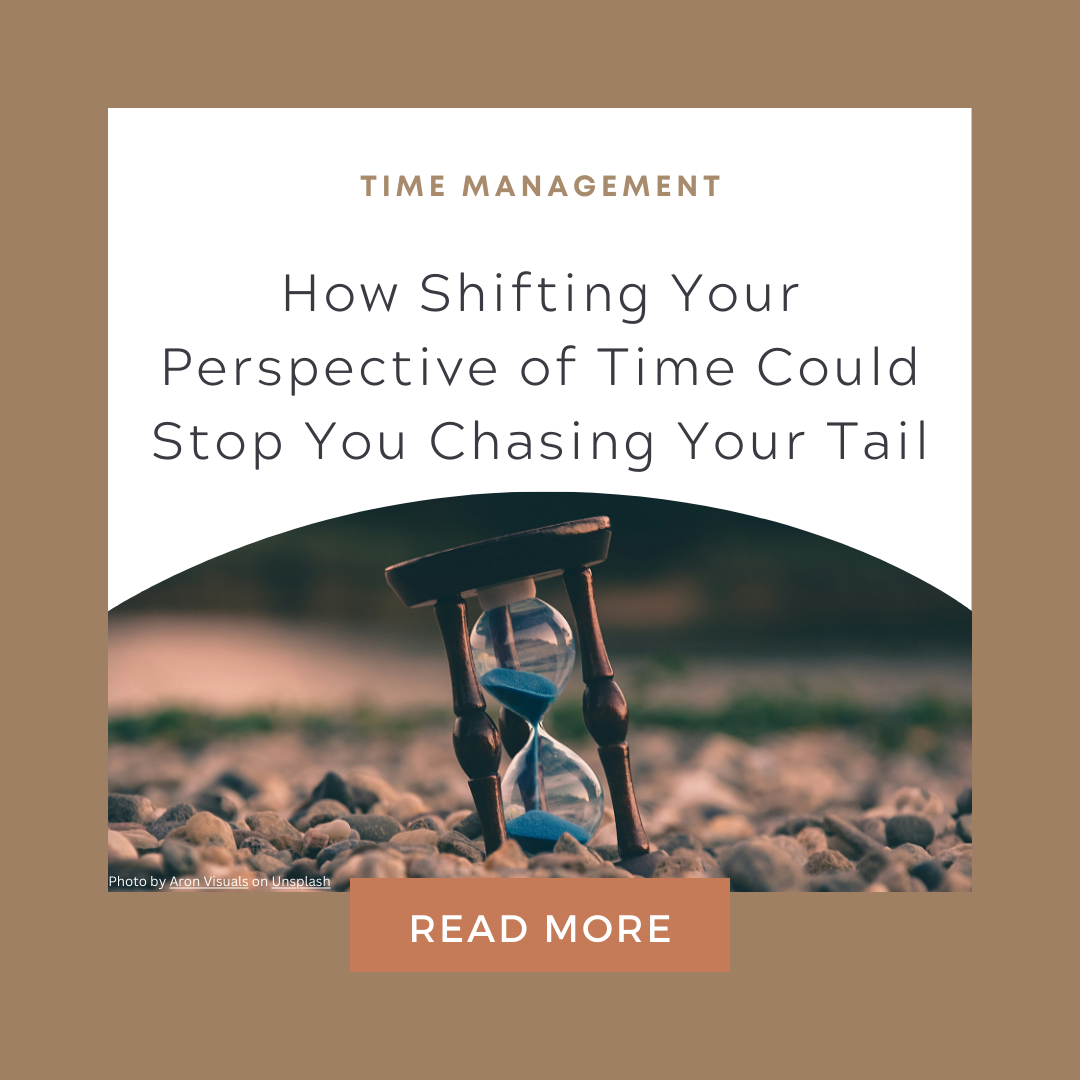Are you tired of feeling perpetually behind schedule or chasing someone who is always running late? Discover how shifting your perspective of time can turn the tide and transform your life.
The Eye-Opening Discovery
A few years ago, while pursuing my NLP (Neuro-linguistic Programming) Practitioner certification, I encountered a concept that completely transformed my understanding of time: the distinction between ‘in time’ and ‘through time’ perspectives. This revelation has been a game-changer, not just for me, but also for many of my coaching clients. Understanding these different ways of shifting your perspective of time can unlock improvements in time management and help develop greater empathy for others, leading to a more fulfilling life. Let me walk you through what I learned and how it can benefit you too.
Discovering Your Time Orientation
Determining your time orientation is simple and revealing. Close your eyes, relax, and consider where you perceive your past and future. If your past feels behind you and your future in front, you are likely ‘in time.’ If you see your past and future out in front of you – often, but not always – left to right, you are ‘through time.’
The 'In Time' Perspective
If you are ‘in time,’ you experience time as a flow that passes through you. Your past is typically behind you, and your future lies ahead. This perspective has both advantages and disadvantages.
Characteristics of ‘In Time’ Individuals:
- Tendency to be late for appointments.
- Difficulty in keeping track of time.
- Preference for spontaneity over planning.
- Trouble using diaries or calendars effectively.
- Forgetting important dates like birthdays or anniversaries.
- Being fully immersed in present experiences, making it easier to enjoy the moment but harder to plan ahead.
The 'Through Time' Perspective
In contrast, if you are ‘through time,’ you see your past, present, and future laid out before you, often from left to right. This perspective makes it easier to plan and adhere to schedules.
Characteristics of ‘Through Time’ Individuals:
- Punctuality and reliability with appointments.
- Good sense of the current time.
- Proficiency in using diaries and calendars.
- Ease in planning and meeting deadlines.
- Remembering important dates and deadlines.
- Slightly detached, which may make being ‘in the moment’ harder.
Mixing It Up
One of the most powerful insights for me was realising I wasn’t ‘stuck’ in time – I can choose how I want to see it. Depending on the situation, I may want to flex my timeline. For example, typically, I’m ‘through time’ (which is very helpful for keeping meetings on track), but when I consciously shift to be ‘in time,’ I notice two things: First, I feel out of sorts because past events are no longer in view, yet these events shape who I am. Secondly, being ‘in time’ allows me to be present in the moment, making experiences more vivid and memorable.
How to Shift Your Own Perspective
- Visualise Your Timeline: Close your eyes and imagine your timeline as something tangible that you can move.
- Change the Orientation: If you are ‘in time,’ imagine moving your timeline so you can see the past, present, and future laid out in front of you (‘through time’). If you are ‘through time,’ try shifting your timeline to have the past behind you and the future in front of you (‘in time’).
- Play with the orientation: For example, if you are an ‘in time’ person and always find yourself running late, try elevating your future up just a little, so you can more easily see what’s coming after the thing that’s right in front of you.
- Observe the Difference: Notice how these shifts feel, and consider situations where this new perspective could be more beneficial.
Benefits of Timeline Shifting
Understanding and using these perspectives has helped clients in several ways. Some have become more punctual and reliable, learned to be more present in the moment, or developed empathy for those who struggle with time management. By embracing the flexibility of our timelines, we can choose the most effective time orientation for any given task, leading to improved productivity, increased empathy, and a more fulfilled life.
Discovering that there was more than one way to experience time was a real revelation for me personally, and I hope it offers you the same clarity and empowerment. Challenge yourself to embrace the flexibility of time perspectives and watch as your productivity and empathy grow.









